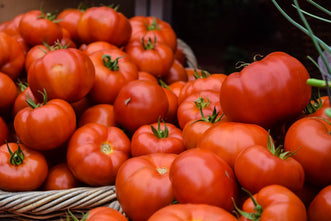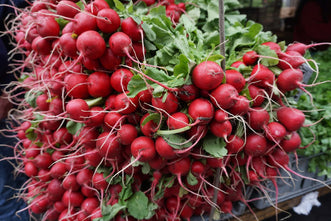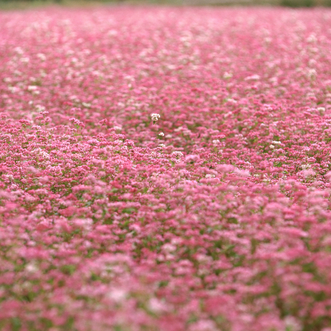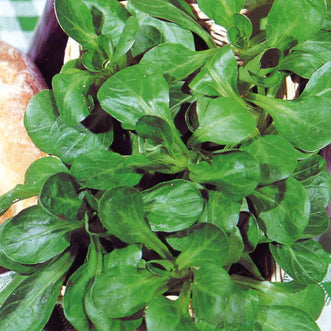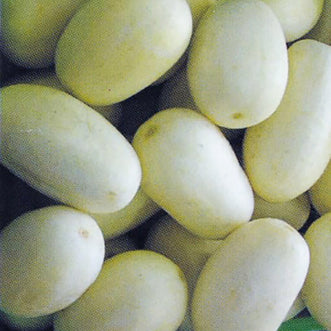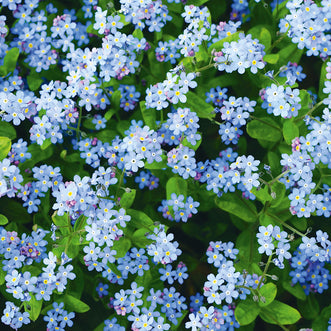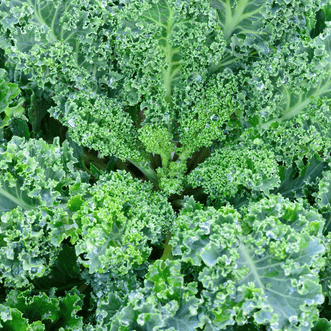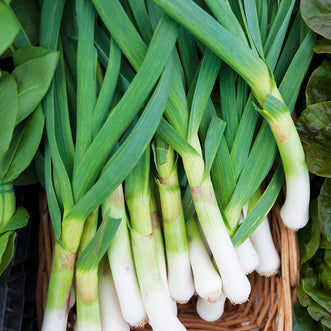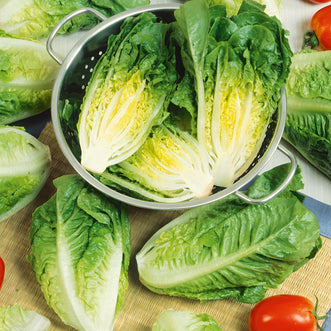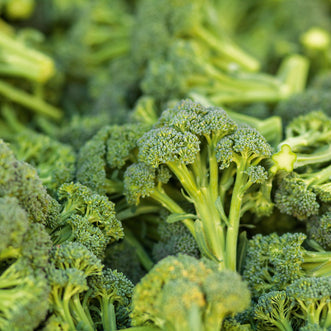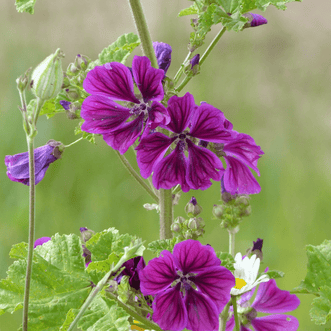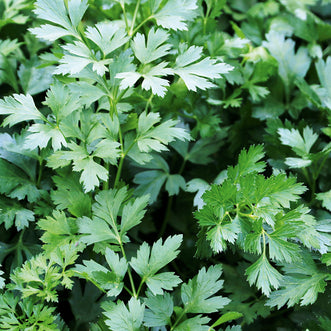Glorious Gourds

Quick History of Gourds
The earliest evidence of Gourds is in archaeological sites in Peru dating back to 13,000 BC and Thailand sites in 11,000 BC. Gourds have had numerous uses including musical instruments, tools, decorative objects; food, water and food vessels. Musical instruments include maracas (percussion), sitar (stringed), guiro (percussion). In North America they were used as birdhouses to attract, in particular, the Purple Martins. These birds helped with a very organic approach to bug control in agriculture.

Hard Shell Gourd Types
Bottle - These have a bulbous blossom end with a neck at the stem end.
Dipper - These are similar to bottle but have a longer skinnier neck.
Basket - Generally a roundish shape with no neck.
Snake - As per the shape of a snake, so no bulb shaped end.

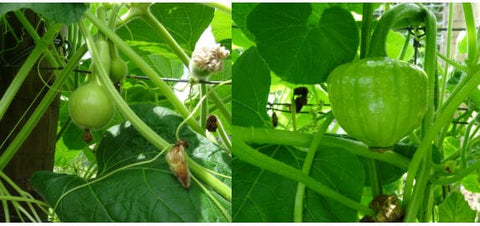
Gourds are as easy to grow as squash and pumpkins. An interesting fact is that the gourd vines have white flowers that bloom during the night whereas squash and pumpkins usually have yellow flowers that we see during the day. The gourd flowers & leaves also have a very distinctive musty smell.
The ideal environment for growing gourds is as follows:
- Soil is ideally humus rich and well drained.
- Fruit takes 120 days to mature so if you have frosts, consider starting seedlings indoors.
- Transplanted seedlings may sulk for up to 2 weeks.
- Water seedlings in the morning around the roots, keeping the leaves dry.
- At least six sunshine hours per day are required.
- Trellis, fence or frame to support vigorous vines if you are not spreading them along the ground.
- Small gourds can be grown in containers but still require room to climb & spread.
- Decrease watering in early autumn to allow the gourds to start to harden off.
The gourds grow green on the vine and dry to shades of green or brown.

Patience is required to dry and cure Gourds.
You can tell when the fruit are ready to harvest when the stems dry off and turn brown. The gourds themselves will start to turn from green to an ivory shade. It is best to plan to keep the fruit on the vine until after the first frost. If you have grown your vines along the ground, the gourds can be left on the vine to dry where they have grown over the winter. The freeze and thaw process of winter will not harm the shell providing the fruit has grown to maturity. If you have grown the fruit up a trellis, it is probably best to cut and store them as the vines will become weak as they dry off and render them unable to hold the bigger fruit.
To prevent damage and rotting of the harvested fruit cut the fruit from the vine, ensuring you leave a stem. If you are going to drain your fruit (rather than leaving nature and time to dry the fruit) ensure the hole is large rather than small as the fruit needs to drain before bacteria forms and rots the entire gourd from the inside.
Using Gourds for Decorative Purposes
How to prepare for use
Your gourds will tend to be covered in an outer layer that is waxy. This may have moulded up a bit or still have dirt attached to it. If you are wanting texture and subtle shadings you may not wish to prepare the gourd any further. If you require a cleaner look your gourd needs to be soaked. If you use a bucket of water, you will need to weigh down the gourd (as it floats) and warm water is best. At least 10 minutes in water should start to soften the waxy epidermis. Another option is to leave it out in the rain or under a sprinkler until you can easily clean the shell.
Rub with a pot scrub (either plastic or copper) may be required. If you use steel wool it may scratch the gourd which is okay but depends on how smooth a surface you want for your design.
Now you are ready to polish, varnish, carve, or hollow out for a container item. The material available on the web is incredibly inspiring for Gourd Art.

A great book, originally published in 1998, is "Gourds in Your Garden" written by Ginger Summit. She has spent many years growing and researching gourds and ended up writing this book because she struggled to find good clear information about gourds without them being lumped in with melons, pumpkins, squash, etc. Ginger also wanted to write a book for the home gardener and craftsperson. AND LASTLY..............
The Challenges of Importing Gourd Seed
As Gourds are classified as a curcubita species, virus testing is currently required by MPI (Ministry of Primary Industries) prior to importing each order of gourd seed into New Zealand. This has increased the price considerably, due to the multiple tests required. Sadly, this has made many of the varieties no longer economically viable for us to stock. This is a great shame as the enquiries we receive indicate that there are many customers out there who love growing all the different gourds.


